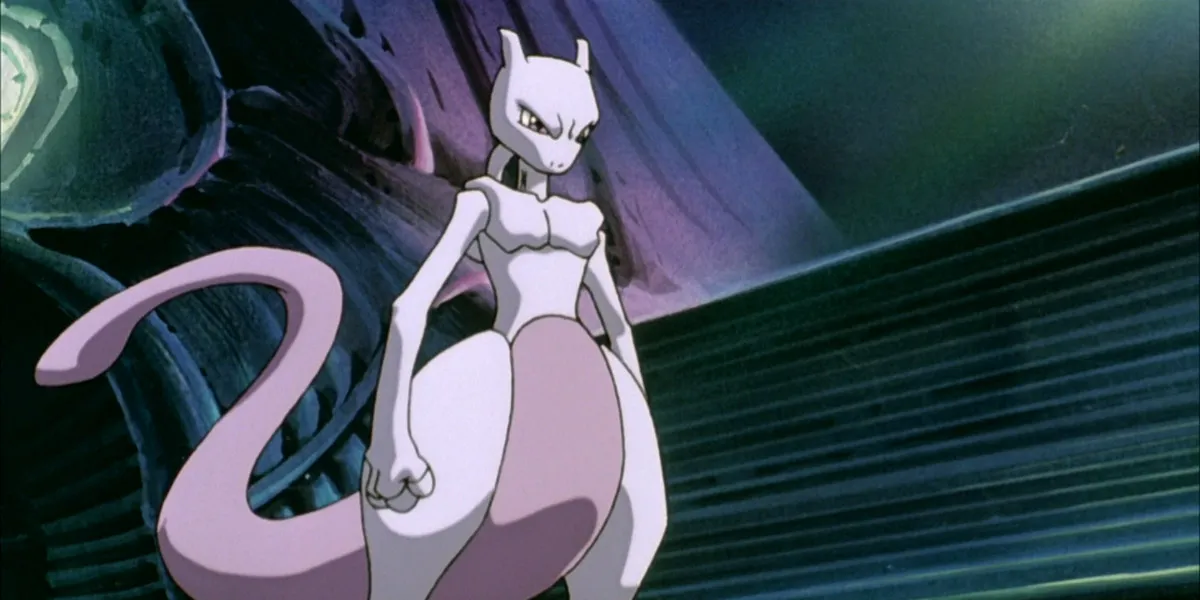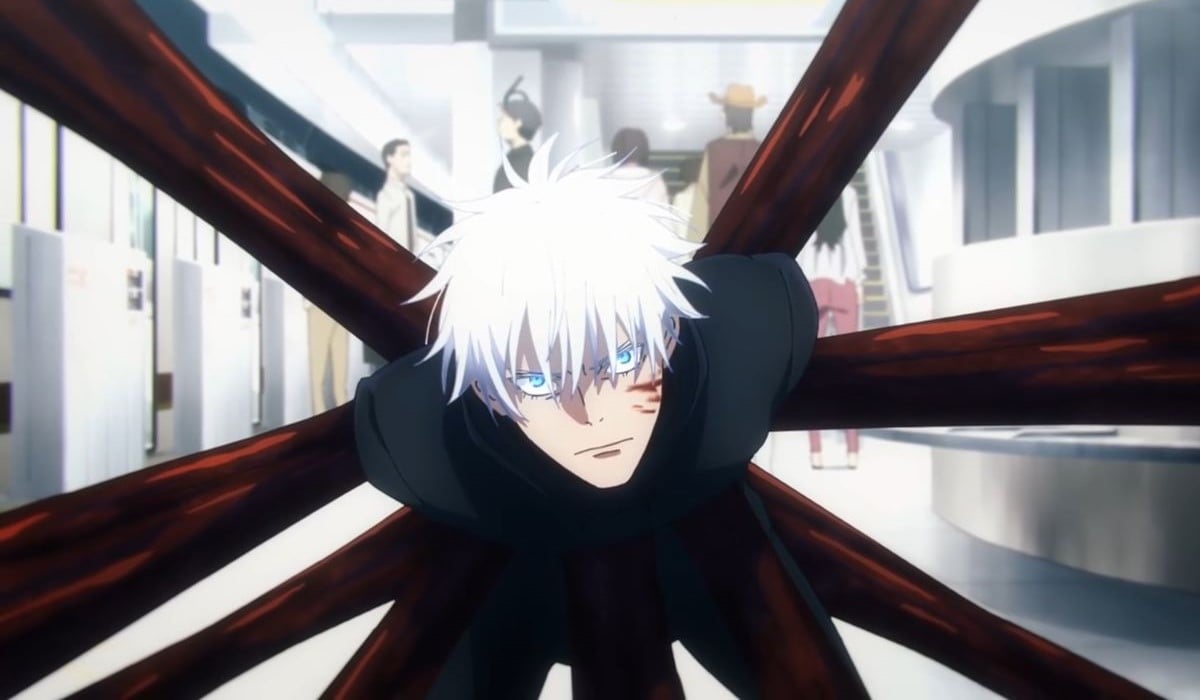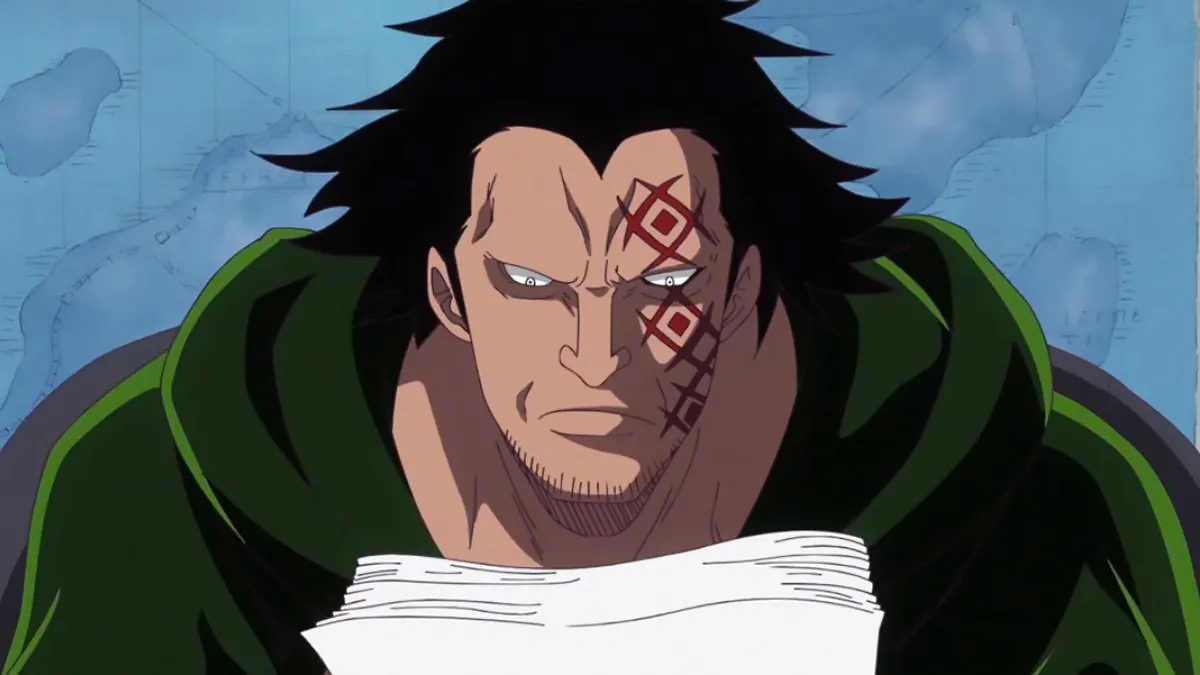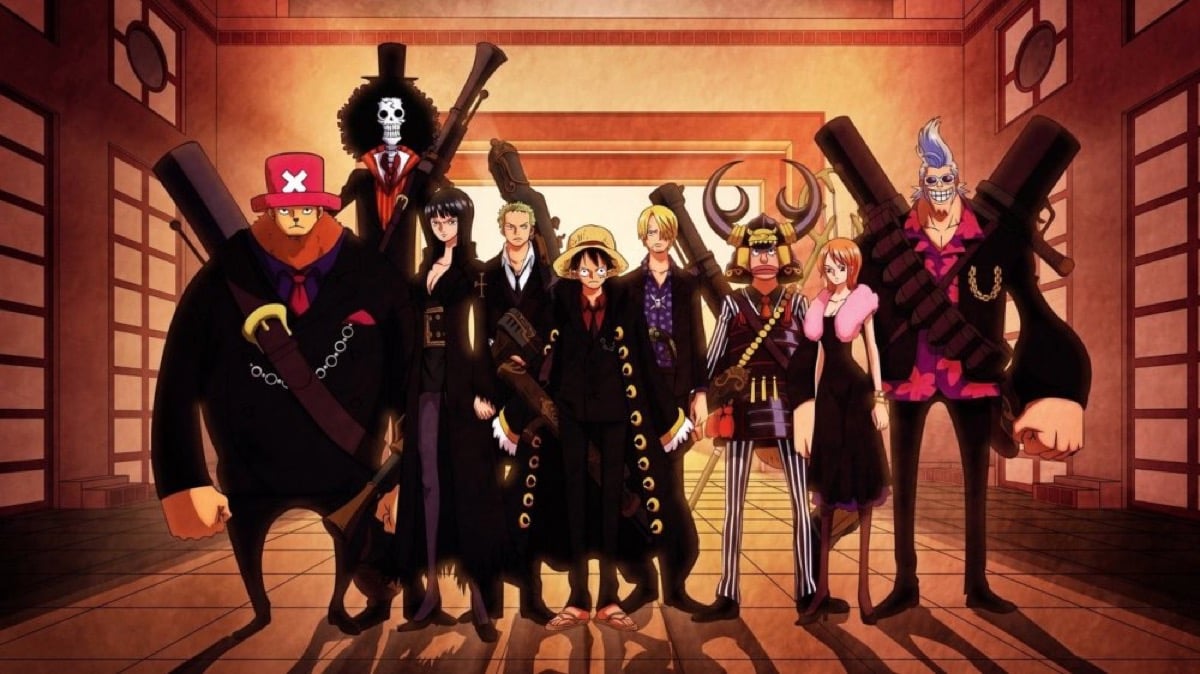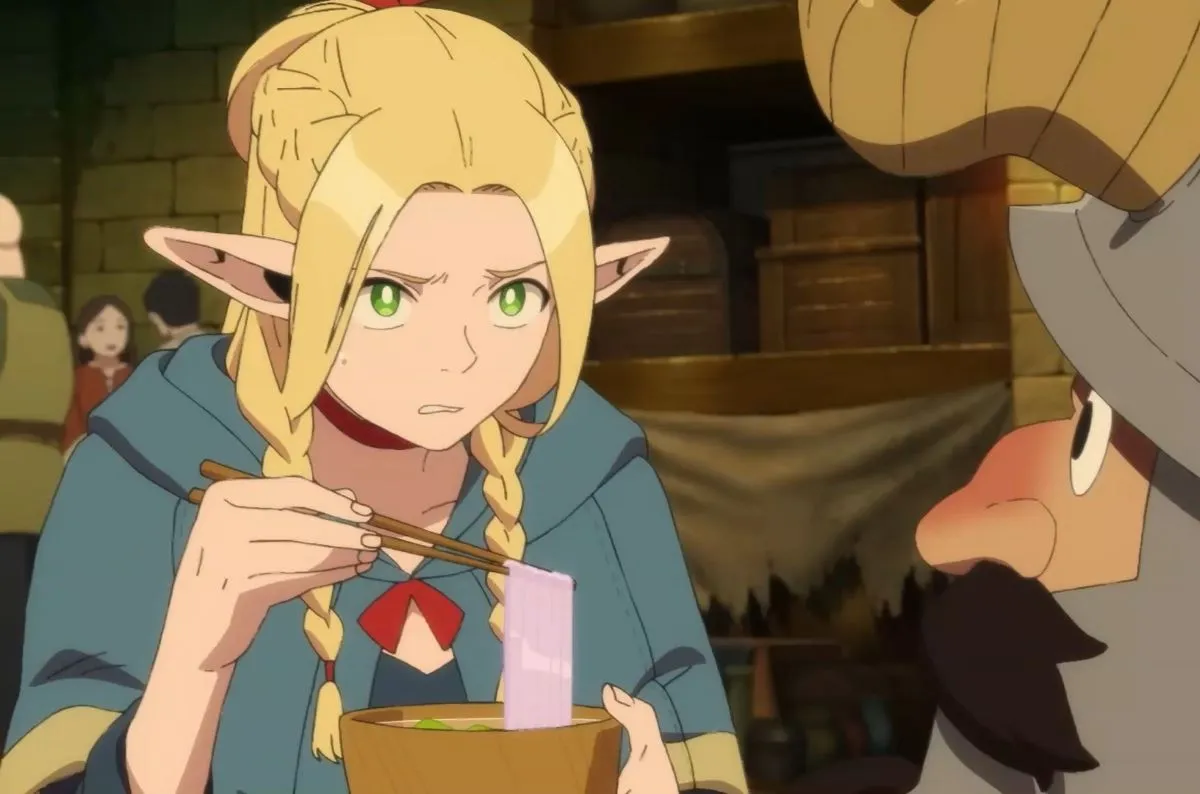The release of Pokémon Scarlet and Violet brought the total of known Pokémon species to over 1,000, as the ninth generation introduced 110 new Pokémon. This number will only continue to grow, as the Pokémon Scarlet and Violet DLC expansion passes are set to release later this year, and the franchise is showing no signs of slowing down.
With each subsequent generation of Pokémon comes the introduction of new legendary Pokémon, those species that are so rare and powerful they have passed into legend. Game protagonists—as well as Ash Ketchum in the anime—usually manage to meet these Pokémon by proving themselves worthy partners to Pokémon within the story world.
While many refer to Pokémon such as Mewtwo, Mew, and Arceus as legendary Pokémon, there are actually three distinct categories you should know about that best describe the most powerful Pokémon of the franchise. These categories are Mythical Pokémon, Legendary Pokémon, and pseudo-legendary Pokémon, and each category has distinct parameters. Here’s everything you need to know.
Mythical Pokémon
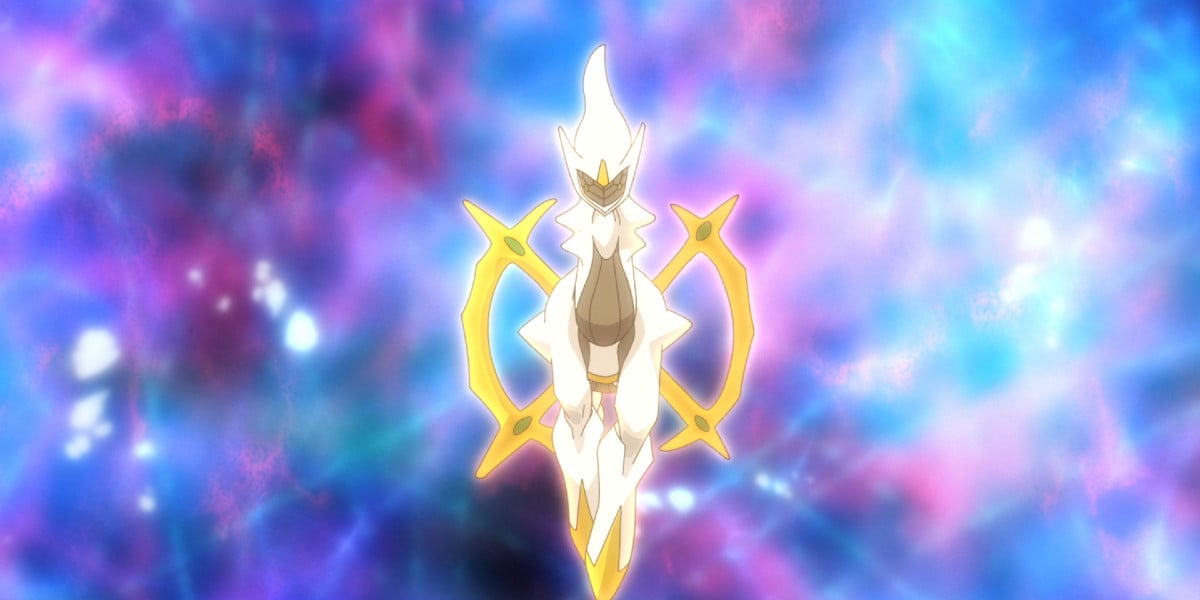
All Legendary and Mythical Pokémon are notoriously powerful, rare, and hard—if not impossible—to catch. The main difference between the two categories, however, is their availability within the core story of the mainline games. Mythical Pokémon such as Mew, Celebi, Deoxys, Arceus, Keldeo, Genesect, Melmetal, Zarude, and more, have historically only been available through special events and the mystery gift mechanic.
Some Mythical Pokémon are announced months or even years after a specific game has been released but are then introduced and celebrated within the Pokémon anime, in movies, or through merchandise. Arceus, Keldeo, and Zarude, for instance, have all been the focus of various Pokémon movies. Ash Ketchum had Melmetal on his team in Alola in the Pokémon Sun and Moon anime.
Nowadays, though Mythical Pokémon are still absent from the games’ main storylines, they can be transferred to the games through trading or via Pokémon HOME. Collecting Mythical Pokémon is never necessary for completing the Pokédex, with the exception of Deoxys in Pokémon Omega Ruby and Alpha Sapphire, and Arceus in Pokémon Legends: Arceus, where they are actually available as part of the story.
Related: The Top 10 Strongest Pokémon of All Time on Gamepur
Legendary Pokémon
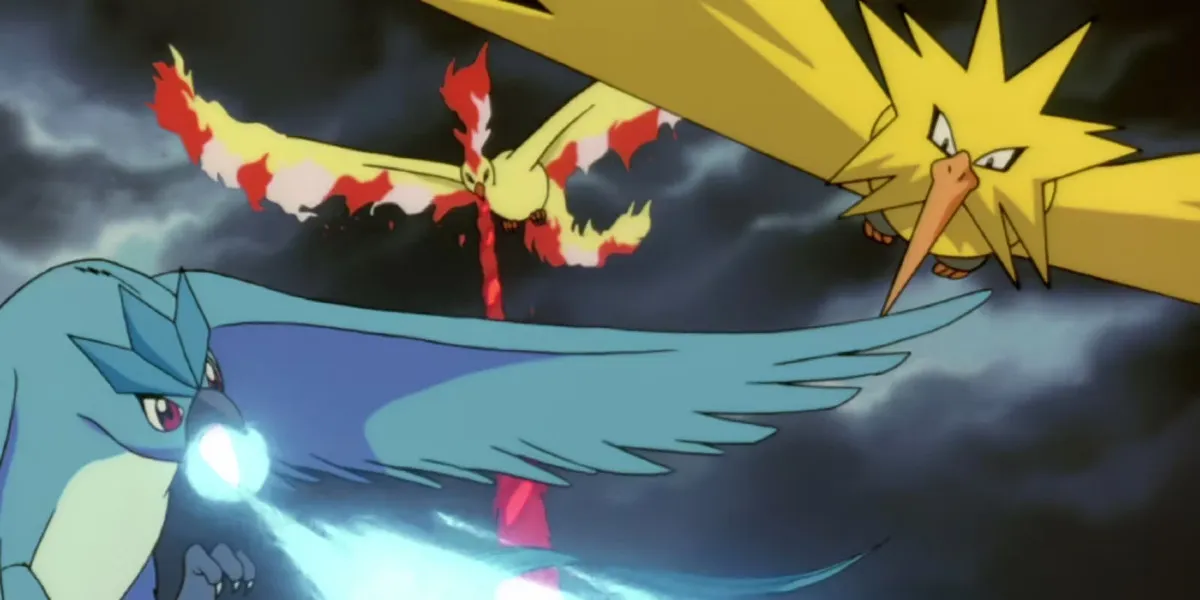
Legendary Pokémon are featured much more prominently in Pokémon’s lore, with each region having its own history and myths that feature these Pokémon. Legendary Pokémon are always available through the main storyline of the games, though they usually only appear near the end of the narrative or after defeating the Pokémon League, and can only be caught once per save file.
As of now, there are nearly 70 Legendary Pokémon in the franchise, as each generation has introduced at least three new Legendary species. New Legendaries are often introduced as part of a themed group. For instance, Generation I introduced the Legendary Birds, which include Zapdos, Articuno, and Moltres. Generation II introduced the Legendary Beasts with Entei, Raikou, and Suicune. Years later, Generation VII introduced the Guardian deities, including Tapu Koko, Tapu Lele, Tapu Bulu, and Tapu Fini. Other, non-themed Legendary Pokémon you might recognize include Mewtwo, Ho-Oh, Lugia, Eternatus, and many more.
In the anime, Ash Ketchum and his friends have met many—if not almost all—Legendary Pokémon. He’s ridden on Lugia’s back, battled Darkrai and the Titan Pokémon, and Ash’s friend Goh from the Pokémon Journeys series even managed to catch a Suicune. In the anime, many of the Legendary Pokémon are involved in some of the most creative, fantastical episodes, including story beats like time travel and new dimensions in space.
Pseudo-legendary Pokémon
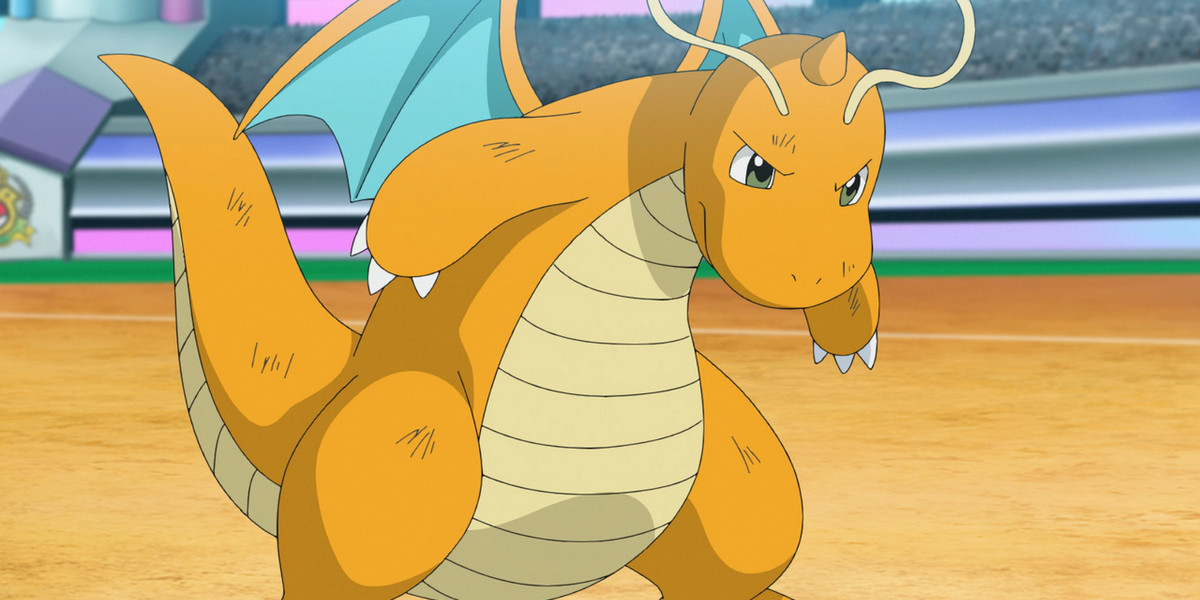
Unlike Mythical and Legendary Pokémon, pseudo-legendary Pokémon isn’t an official categorization recognized by the Pokémon franchise. Instead, pseudo-legendary Pokémon is a term coined by fans to describe those Pokémon with a three-stage evolution line and unusually high base stats. So-called pseudo-legendary Pokémon are more powerful than most non-Legendary or non-Mythical Pokémon, yet can be caught in the wild throughout the games, or traded if they are version exclusives. They are also needed to complete the Pokédex.
Interestingly enough, most pseudo-legendary Pokémon are dragon-types, with only two exceptions (so far): Tyranitar, introduced in Generation II, and Metagross, introduced in Generation III. The other Pokémon considered by fans to be pseudo-legendaries include Dragonite, Salamence, Garchomp, Hydreigon, Goodra, Kommo-o, Dragapult, and the latest addition, Baxcalibur.
Are there any other categories of Pokémon?

One other category you may want to be aware of is the Extra-dimensional Pokémon, otherwise known as Ultra Beasts. Ultra Beasts were introduced in Generation VII as Pokémon hailing from an alternate dimension called Ultra Space. Extra-dimensional Pokémon are often considered to be Legendary Pokémon because of their rarity and similar power levels. But, because they come from another dimension and are not intrinsically tied to the history of the Pokémon world, their classification is still debated. Examples of Ultra Beasts include Buzzwole, Xurkitree, and Nihilego.
Bulbapedia, for instance, does not consider them to be Legendary Pokémon, while Serebii.net does. Ultra Beasts are, however, more easily caught in the game than most Legendaries, and it seems that no official Pokémon media has ever recognized Ultra Beasts as being Legendary Pokémon.
The Pokémon franchise’s lore is vast and intricate—hopefully, this overview will help some of you navigate it a little easier.
(featured image: The Pokémon Company)



